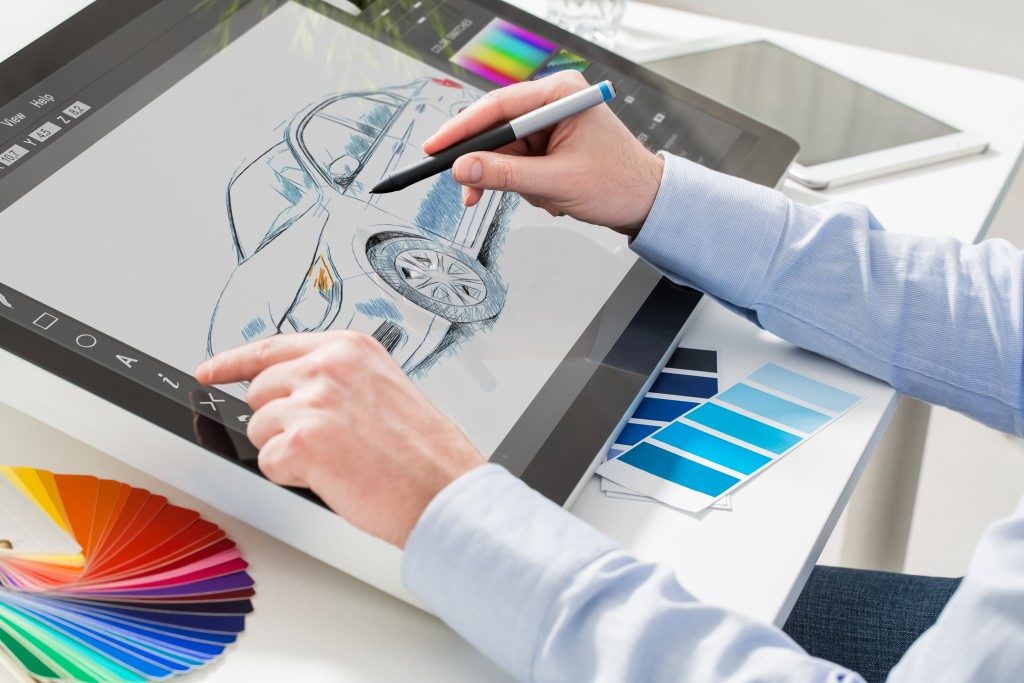Attaching monetary value to your art is tricky. If you’re an artist who’s just starting, you might be concerned with your pricing being high or being too low. Experience isn’t the only factor in pricing your work. You’d also have to account for the time spent working on the art piece, on the materials used, and on the type of art.
Some artists charge on an hourly rate. Illustrators, graphic designers, and professional event photographers may all charge by the hour. Digital artists, in general, do the same.
Metrics for Pricing Your Art
A good place to start your price would be to compare how much other artists charge for artwork similar to yours. Since your product is digital, it would be easy to see how much similar art costs because it’s all online. You can view these on websites like DeviantArt and Etsy, where artists post their work.
Here are other factors you’ll have to consider before you decide on a price for your work:
- Type of artwork – Flyer templates, social media graphics, web designs, and altered images through Photoshop vary in price. One type is harder to make than the other; or one type requires specific software that doesn’t come cheap. Art pieces needing specific equipment tend to always price higher.
- Time spent on the artwork- art which took you longer to make should price higher than a piece you did within an hour. Like other artists, you can charge for your art on an hourly rate.One trick a user on DeviantArt suggests is to look for the hourly minimum wage in your area and multiply that by the time you spent working on your piece.

- Your experience and expertise – despite the fact that you might be a beginner in marketing your digital art, if you’ve spent years in art school and have a master’s degree, your credentials may allow you to charge higher than the minimum. You spent years mastering your craft; you should be well-compensated for it.
- Demand – high demand for your work means it has value to your clients or buyers. You should raise your prices slowly as you begin building your reputation. Once you’ve built a decent following, consumers wouldn’t mind the price as much because they’re more interested in the type and quality of digital art you produce.
- Define your market – similar to comparing your art to others in the market, you should still review the market for your art. Consider who your prospective buyers are and if the prices increase or retain through the years.
All metrics considered, you can price your art this way: for a hyper-realistic digital portrait drawn on Adobe Illustrator Draw, which you spent six hours on, you could charge about $50 to $70. As a beginner with a bachelor’s degree in digital media, this is a fair starting price.
A key point to remember when pricing your art: never undercharge. It can be difficult to say no to friends and acquaintances haggling for a lower price on your artwork; but remember, you didn’t spend five years laboring in art school over the perfect brush technique just to charge a mere $25. Know your value as an artist. Whether it’s a commissioned portrait or an advertising layout for a major brand, price your art right.
